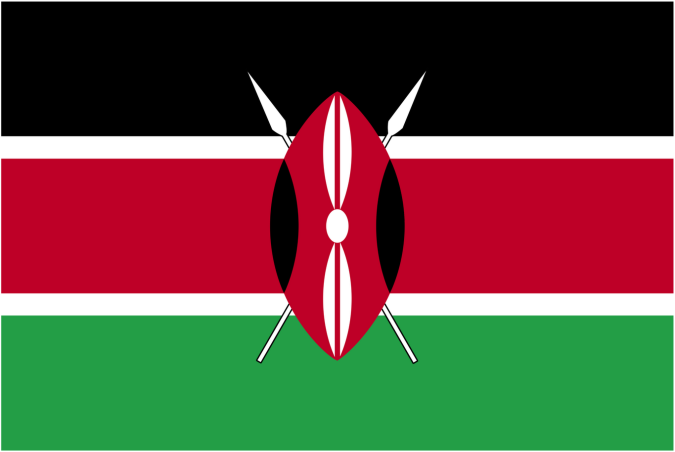kenya:5 banks roll out cheap SME loans at 9% rate

Proprietors of small enterprises across the country can heave a sign of relief as five tier one lenders move to pilot lending on a Central Bank Rate, equivalent 9 percent rate of return.
Dubbed as Stawi, the mobile-based credit scheme is expected to improve access to credit for small to mid-sized enterprises, which have until now been locked out of the formal credit market under a heightened risk exposure scoring by commercial banks.
The platform will initially be managed by five banks; the Commercial Bank of Africa (CBA), Cooperative Bank, Diamond Trust Bank (DTB), NIC and KCB, with the Central Bank of Kenya (CBK) maintaining an oversight role.
“Small and mid-size enterprises are the lifeblood of any economy, but many have struggled to secure the necessary financing to continue operations in the current economic climate,” said CBK Governor Patrick Njoroge who spoke at the platforms unveiling at Gikomba market, Nairobi on Monday
“We are excited to work with the five banks to minimize the complexity of developing new and more accessible loan offerings as they bring much needed capital to this under served yet vital segment of the market,” he added.
Stawi will advance unsecured loan products to 3,500 individual traders in the next fortnight before the program’s expansion targeted at 10,000 small and medium enterprises (SMEs).
Select SMEs will see credit offers pegged on a Ksh.30,000 to Ksh.250,000 range where customers will see their credit risk priced in addition to advisory on their credit limits.
Additionally, traders will be eligible for a top-up functionality upon the servicing of an 80 percent share of existing credit or a consecutive 3-month debt redemption roll-over.
“We saw an opportunity to offer neglected yet viable Kenyan-based business additional financing options to continue day-to-day operations, and provide additional capital to maintain and establish long term growth,” said KCB Group CEO Joshua Oigara.
Traders will require the receipt of a business license or permit while the respective enterprises should be operational for at least 6-months for consideration under the innovative credit scheme.
The revolutionary approach to the financing on SMEs makes for the first open extension of credit to the perceived risky economic segment at the prevailing CBR.
While SMEs have historically been regarded as risky characterized by the informal nature of transaction records and the lack of collateral for secured loans, credit flow to the market segment has sunk to the abyss under the interest rate capping regime.
Capped at 400-basis points above the CBR and following the enactment of the hold on commercial bank interest earnings under amendments to the Banking Act in 2016, the SMEs have remained largely locked out of the mainstream credit market with commercial banks choosing to instead lend ‘safe’ to largely favor investments in the assured government securities.
Despite the notable credit risks represented in the entities, SMEs make up 80 percent of businesses in the country while employing up to 78 percent of Kenya’s workforce represented in 14.9 million roles.
The entities further carry a weighted 30 percent average contribution to Gross Domestic Product (GDP) every year, turning them into a significant player in the domestic economy.
Poor book keeping and corporate governance deficiency make for the other key SME challenges in addition to the bothersome cash-crunch constrains.
SOURCE:CITIZENTV
 Africas leading resource for digital financial services
Africas leading resource for digital financial services


comments